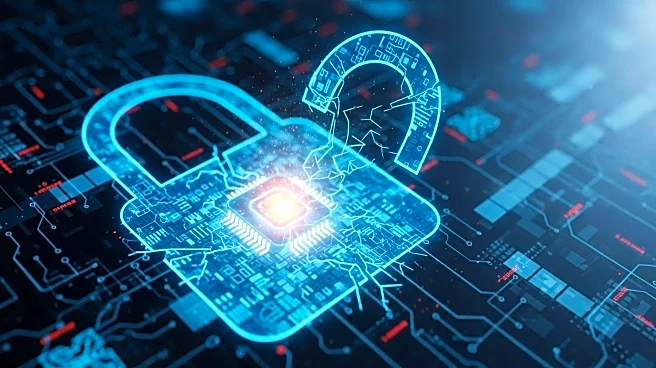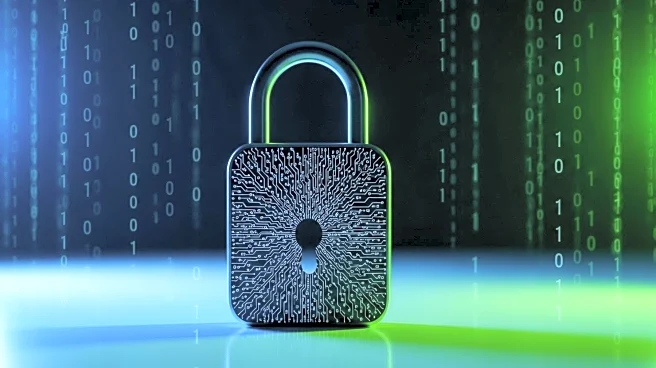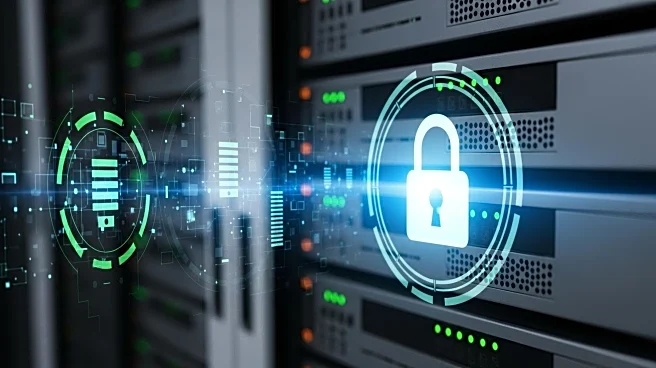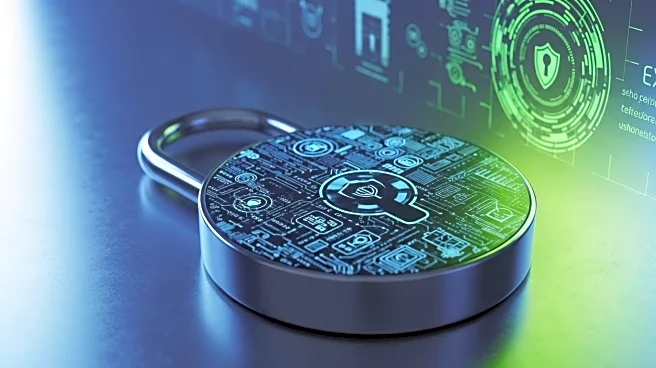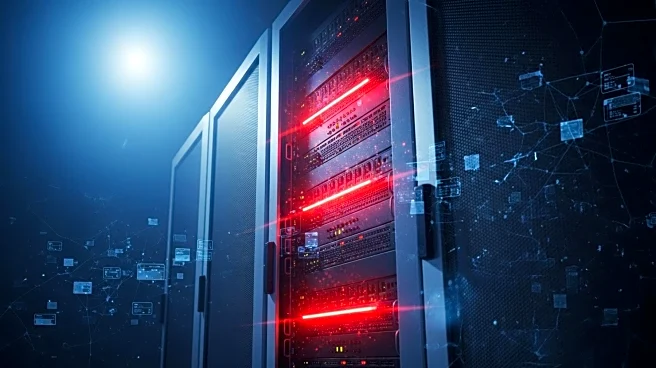What's Happening?
Infostealers, a type of malware that silently collects sensitive information from victims, have become a central element in modern cybercrime. These tools are part of the cybercrime-as-a-service model, allowing even non-technical criminals to access sophisticated malware. Infostealers extract data such as credentials, session cookies, and personal documents, which are then sold on underground markets. The rise of infostealers has been facilitated by the commodification of cybercrime, with developers offering these tools as part of malware-as-a-service packages. This has led to increased competition and innovation in the development of infostealers, making them more effective and harder to detect.
Why It's Important?
The proliferation of infostealers poses a significant threat to data security, as they enable widespread identity theft and fraud. By lowering the barrier to entry for cybercriminals, infostealers increase the number of potential attackers and the volume of stolen data. This trend has serious implications for businesses and individuals, as stolen credentials can be used for further attacks, including ransomware and data breaches. The use of infostealers by nation-state actors also raises concerns about national security, as these tools can be used to gain unauthorized access to sensitive information.
What's Next?
As infostealers continue to evolve, cybersecurity professionals must develop new strategies to detect and mitigate these threats. Organizations are likely to invest in advanced security measures, such as behavioral analytics and threat intelligence, to protect against infostealer attacks. There may also be increased collaboration between law enforcement and cybersecurity firms to track and dismantle infostealer networks. Additionally, public awareness campaigns could help individuals recognize and avoid phishing attempts, which are a common method of infostealer delivery.
